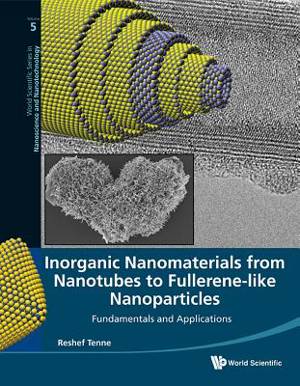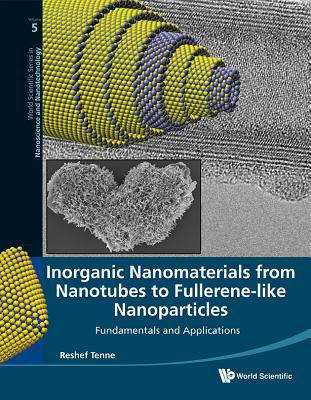
- Afhalen na 1 uur in een winkel met voorraad
- Gratis thuislevering in België vanaf € 30
- Ruim aanbod met 7 miljoen producten
- Afhalen na 1 uur in een winkel met voorraad
- Gratis thuislevering in België vanaf € 30
- Ruim aanbod met 7 miljoen producten
Zoeken
Inorganic Nanomaterials from Nanotubes to Fullerene-Like Nanoparticles: Fundamentals and Applications
Reshef Tenne
€ 213,95
+ 427 punten
Omschrijving
Following the striking discovery of carbon fullerenes and carbon nanotubes, it was realized by the author and his teammates in 1992 that such nanostructures are not unique to carbon. In fact, hollow closed structures are common to probably most if not all inorganic compounds with layered structures, like WS2, MoSe2, BN, NiCl2, Cs2O and many others. These highly anisotropic compounds suffer from inherent instability when prepared in nano-sizes and close on themselves to form hollow closed structures in the form of inorganic fullerene-like (IF) nanoparticles or nanotubules (INT).The book takes the reader from the discovery stage, where some fundamental ideas in this field were developed, through the systematic effort to synthesize IF and INT in larger amounts and elucidate their structure. In a few cases, like BN nanotubes and WS2 IF nanoparticles, new strategies permitted synthesis of macroscopic amounts and subsequently systematic study of their properties, offering thereby numerous applications. The reader is taken through this never-ending evolutionary process with a few recent examples demonstrated. The field stands in the crossroads between solid state inorganic chemistry, nanotechnology, materials chemistry and nanomechanical engineering.
Specificaties
Betrokkenen
- Auteur(s):
- Uitgeverij:
Inhoud
- Aantal bladzijden:
- 328
- Taal:
- Engels
- Reeks:
- Reeksnummer:
- nr. 5
Eigenschappen
- Productcode (EAN):
- 9789814343381
- Verschijningsdatum:
- 22/01/2013
- Uitvoering:
- Hardcover
- Formaat:
- Genaaid
- Afmetingen:
- 216 mm x 279 mm
- Gewicht:
- 1043 g

Alleen bij Standaard Boekhandel
+ 427 punten op je klantenkaart van Standaard Boekhandel
Beoordelingen
We publiceren alleen reviews die voldoen aan de voorwaarden voor reviews. Bekijk onze voorwaarden voor reviews.








